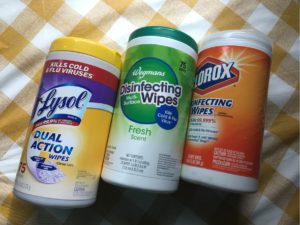Peach:
Plum Curculio (PC): PC oviposition is coming to an end in most counties. The Cornell model recommends that insecticides are only needed until 308 DD base 50 after apple petal fall. This was June 1 in southern counties and should be about June 5 in Hunterdon County and slightly later north of Pittstown. Therefore applications made this week in southern counties should control this generation of PC. In the southern part of the state we also have the southern strain PC, which has 2 generations per year. Therefore this may be a returning issue in mid-summer.

